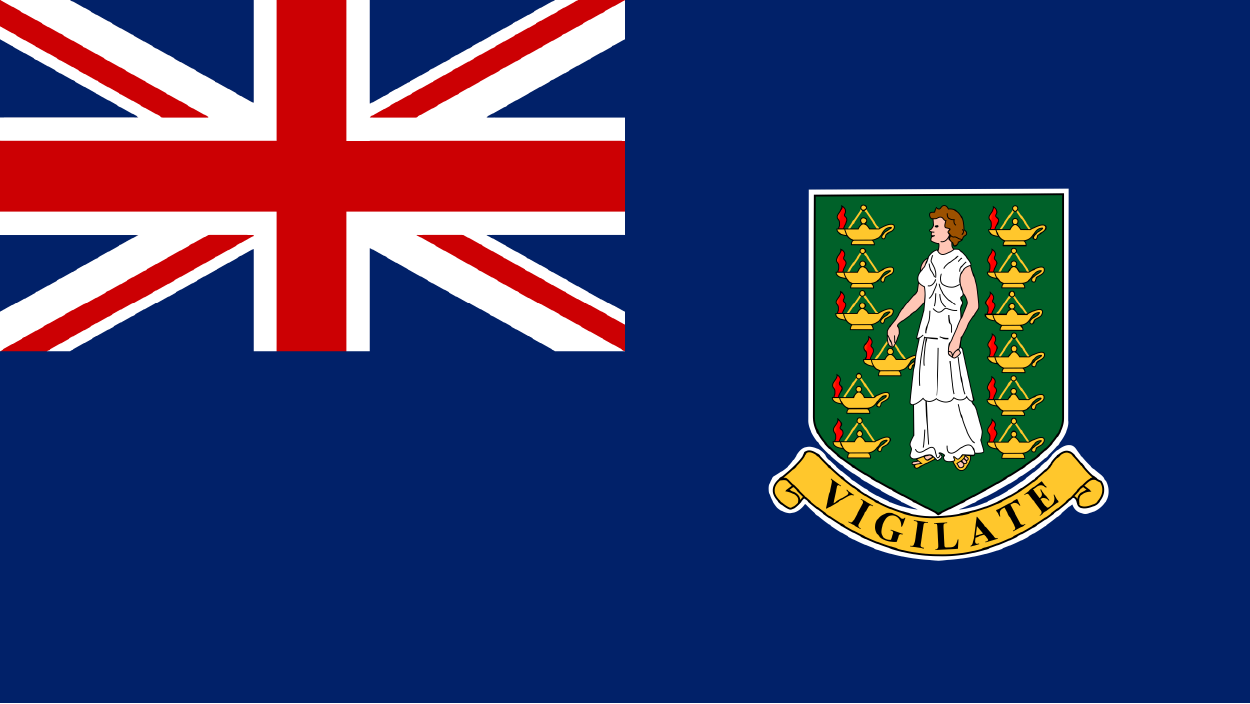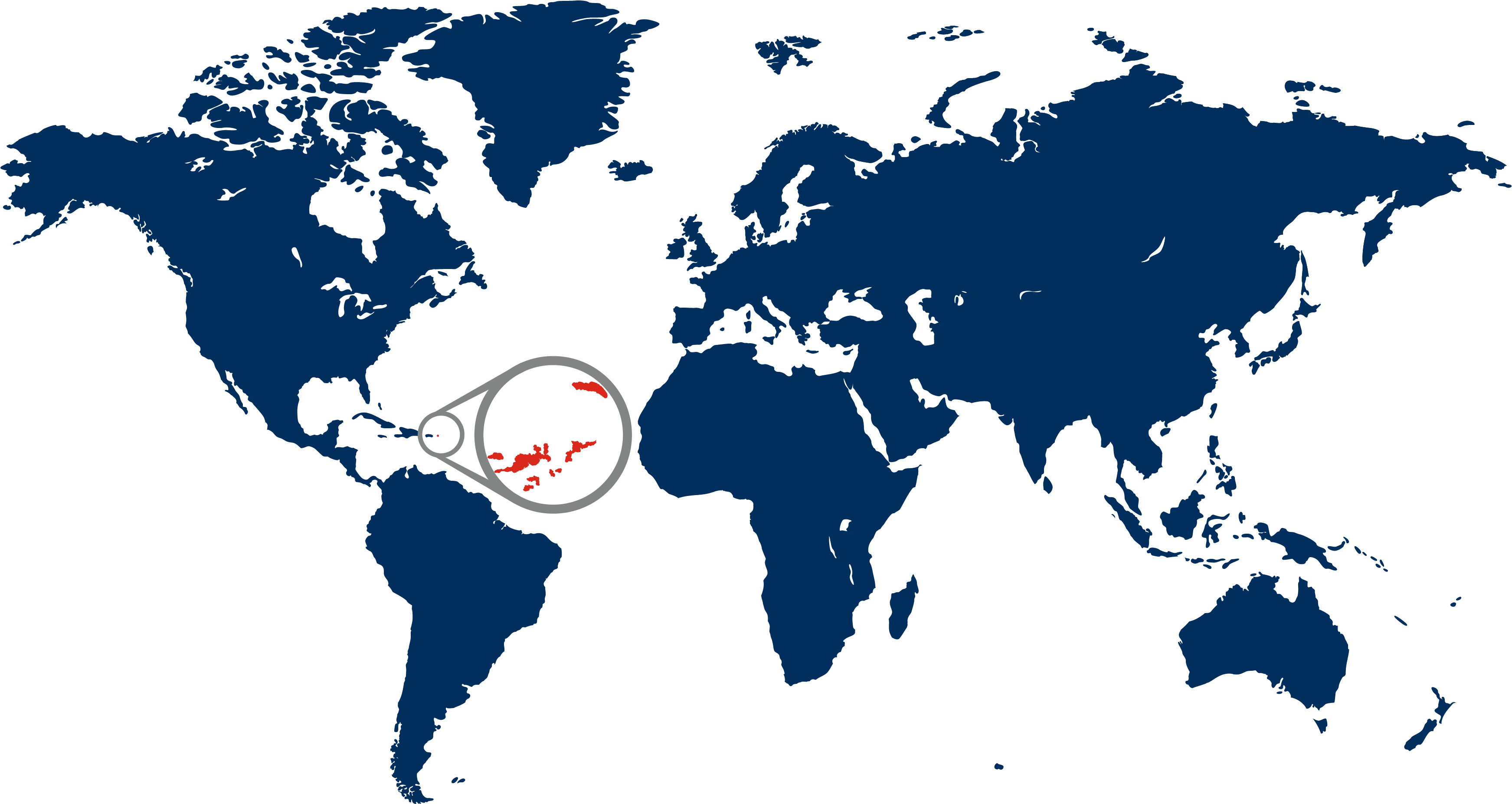British Virgin Islands Travelogue
Articles
Travelogues
View more from News & Articles or Primerus Weekly

By Tom Kirvan
The British Virgin Islands (BVI), a British Overseas Territory in the Caribbean, is home to approximately 30,000 people. Despite its small population, the BVI boasts a cultural heritage influenced by African, European, and Caribbean traditions.
The majority of the population resides on Tortola, the largest island, while other inhabited islands include Virgin Gorda, Anegada, and Jost Van Dyke. English is the official language, and the territory's residents are known for their warm hospitality and deep connection to the sea. The population is predominantly Christian, with various denominations present, and the community is closely knit, with a strong emphasis on family and tradition.
The British Virgin Islands consist of around 60 islands and cays, but only 16 of them are inhabited. The islands are located in the northeastern Caribbean, east of Puerto Rico, and are part of the Virgin Islands archipelago, which also includes the U.S. Virgin Islands. The BVI is known for its stunning natural beauty, characterized by rugged hills, lush tropical vegetation, and pristine white-sand beaches. The waters surrounding the islands are crystal-clear and teeming with marine life, making the BVI a premier destination for sailing, snorkeling, and diving.
The rich history of the British Virgin Islands is shaped by indigenous cultures, European colonization, and African heritage. The islands were originally inhabited by the Arawak and later the Carib peoples before Christopher Columbus arrived in 1493, naming the islands "Las Islas Virgenes" in honor of Saint Ursula and her 11,000 virgins. The BVI became a focal point of European interest in the Caribbean, and by the 17th century, the British had established control over the islands.
The economy initially relied on sugar plantations, which were worked by enslaved Africans. After the abolition of slavery in the British Empire in 1834, the economy transitioned towards small-scale farming and fishing. The BVI remained relatively isolated until the mid-20th century when tourism began to emerge as a major industry, transforming the islands into the affluent and popular destination they are today.
The British Virgin Islands is one of the most prosperous territories in the Caribbean, with a thriving economy largely driven by tourism and financial services. The BVI is renowned as a global offshore financial center, offering services such as company incorporations, asset management, and trust services. The financial sector contributes significantly to the territory's GDP, attracting businesses and individuals from around the world seeking tax advantages and a stable regulatory environment. Tourism is the other major pillar of the BVI's economy, with visitors coming to the islands for their natural beauty, luxury resorts, and world-class sailing conditions.


Capital: Road Town
Population: 30,000
Language: English
Economic engines: Tourism, financial services
Highest Mountain: Sage Mountain, 1,716 feet
Primerus Member: Quijano & Associates
Quijano & Associates, located in Road Town, is a full-service business law firm.
Road Town, located on the southern coast of Tortola, is the capital and largest city of the British Virgin Islands. With a population of around 12,000, Road Town serves as the political, economic, and cultural heart of the territory. The city is named after its natural harbor, which is one of the busiest in the Caribbean, frequented by yachts, ferries, and cruise ships.
Top 5 Must-See Tourist Destinations